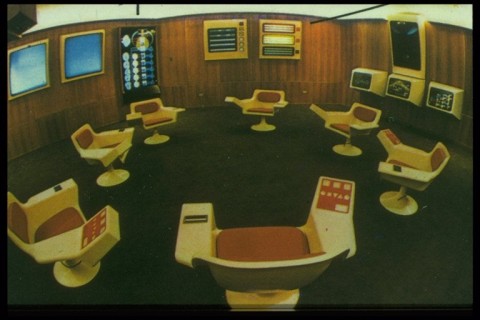I was a huge fan of the Civilization series of games, starting with the original game and running through the series, although as I mentioned back in 2005, I wasn’t enjoying the later releases as much as I had the earlier ones. To my surprise, there will be a follow-on Civilization V available later this year:
Funny story, I was musing about a Civilization sequel just yesterday while out for a run, and lo and behold, 2K Games says it’s in development as I’m typing this. What’s more — and I have to admit, somewhat unexpectedly — it’s still being developed for PC.
What’s Civilization? Surely you jest . . . but in case you’re serious, it’s pretty simple: One of the most important turn-based strategy video game in the history of the medium. Also: A pretty spot-on history simulator (in terms of history’s broad strokes and ideological angles, anyway). The general goal — to conquer the world by diplomatic or less-than-diplomatic means — hasn’t changed much since the original debuted in 1991, but as they say, the journey is all, and that journey’s generally improved by leaps and bounds with each installment.
Calling Civilization V‘s new engine “astonishing,” 2K says the game has been rebuilt “from the ground-up” with a brand new combat engine, more sophisticated diplomacy, and expansions all around to existing features.
Here’s the web site for the upcoming game. Yeah, I’ll almost certainly buy it, even though it may be coming out around the same time as my current gaming addiction’s next release (Guild Wars 2).




